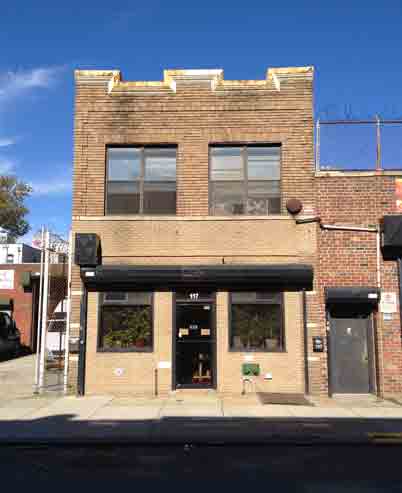October 3, 2012
GOWANUS

From the archives of the NYTimes:
Brooklyn Legends Thrive On Banks of the GowanusPosted by Dennis at October 3, 2012 6:49 PM
By DOUGLAS MARTIN
Published: October 11, 1993The Gowanus Canal is the stuff of Brooklyn legend, a murky stream where bodies have been found and suicides attempted and foolhardy children have dipped toes in polluted waters.
"Anything that comes out of there, you better run for the hills," said John Bevins, a car service driver, who grew up playing along the canal, delighting in watching the tugboats and drawbridges. "I didn't leap in there, believe me."
Once the canal was a small creek named for Gouwane, a Canarsee Indian chief. The Dutch found it to be a pristine tidal inlet bordered with rich salt marshes inhabited by fish and beavers. It was said to be the home of foot-long oysters, a far cry from today's abandoned shopping carts and poisonous microorganisms.
In 1774, the Colonial Assembly of New York enacted a law to widen the creek, maintain it and tax those who used it. In addition, the surrounding marshes were drained and filled. Coal Distribution Center
By the end of the 19th century, the canal became Brooklyn's coal distribution center, with 22 coal yards, and centers for sand, brick, stone, gravel, marble and brownstone.
Dirtier uses also developed. In 1885, there were three oil refineries, two machine shops, two chemical plants, two wagon makers, a cement maker, a sulphur producer, a soap maker and a tannery. Residue from these uses still pollutes the ground.
The construction of the Gowanus Expressway and the rise in use of trucks diminished the canal's significance after World War II. Today, the three drawbridges rise only for the passing of the barges supplying one company, Bayside Fuel Oil Depot Corporation, which brings in 600,000 gallons of oil a day in the winter.
But it is the legends of the Gowanus that resonate. The dog that supposedly died after diving in. The ominous nickname of "Lavender Lake." The fact that Al Capone grew up nearby at Garfield Street and Fourth Avenue.
"He learned all there was to know about his business on the banks of the Gowanus," said Bill Balsano, a self-described historian of the underworld.
Leave a comment